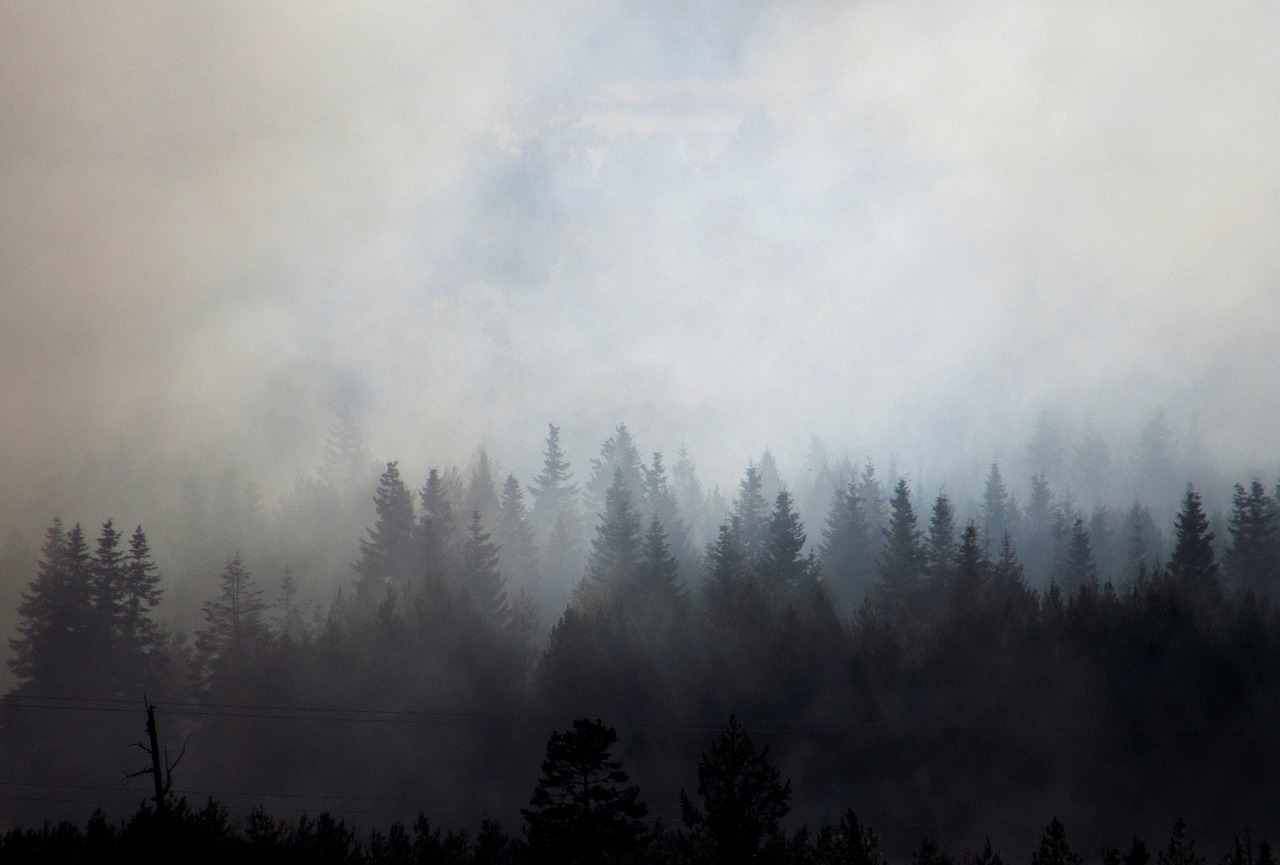Canadian law students are reporting for JURIST on national and international developments in and affecting Canada. Mélanie Cantin is JURIST’s Chief Correspondent for Canada and a rising 3L at the University of Ottawa.
Wildfires are currently burning in large portions of Québec, British Columbia, and eastern Canada, with dozens of communities across the nation issuing state of emergency notices and evacuation orders. On June 5, federal Emergency Preparedness Minister Bill Blair stated that the 2023 fire season “the most severe we have ever witnessed in Canada.”
In Québec, 153 fires are burning, and the province has asked for help as it is unable to get them under control. Additional Canadian firefighters from other provinces are on the way, and the call for help was even answered from friends abroad; by way of tweet on June 4, French president Emmanuel Macron pledged to send one hundred French firefighters to Québec. The northern communities of Chibougamau and Oujé-Bougoumou are the latest to be evacuated, and some residents of the Kitcisakik and Lac Simon communities have even begun voluntarily evacuating because the air quality is so poor and they fear an incoming evacuation order anyway. At least 10,000 people have been displaced and many regions and municipalities remain in states of emergency, with residents being instructed to pack their things and remain on “standby” for potential evacuations.
The situation is also dire in British Columbia, where one fire in the province’s northeast is the second largest recorded blaze in provincial history. At time of writing, there are 28 active wildfires in the province and numerous emergency and evacuation orders throughout. In eastern Canada, the province of Nova Scotia was hit hard last week in particular, and continues to suffer from several fires. The largest recorded wildfire in Nova Scotian history remains out of control. Approximately 20,000 people have been displaced and hundreds of homes have been destroyed.
While the Prairies were hit hard earlier this year and most of its wildfires are now under control, some continue to blaze in northern Alberta and Saskatchewan, and large swaths of these provinces (and of western Ontario) are classified as being under “extreme risk” of fire danger by provincial classifications, as indicated on the above map from the Canadian Wildland Fire Information System.
The causes of wildfires vary. Most tend to ignite from a combination of a dry, hot climate and accidental human activity, such as improperly doused campfires and discarded cigarette butts, but occasionally, as seems to have been the case for a few smaller fires in Nova Scotia this year, they result from arson.
The fires themselves are not the only concern, though. In many communities, smog and air quality warnings have been and continue to be issued daily, with some expected to last for over a week. Larger cities like Montréal, Toronto, and Ottawa are visibly hazy, and surrounding regions have already seen a variety of consequences due to the dangerously poor air quality, from cancelled outdoors sports and indoor school recesses for children, to delayed surgeries at an Ottawa area hospital where the air filtration system is not sufficiently updated. The smog is even stretching south of the border to the US, particularly in Minnesota and New York. The latter has seen flights impacted by the poor visibility.
For those who are asthmatic, pregnant, or otherwise medically vulnerable, doctors are recommending that the outdoors be avoided altogether, especially in areas where the smog is thick (like Montréal, Toronto, and Ottawa). People who work outdoors are being told to unearth their old COVID-19 masks, and even to swap them out for the higher-quality N95 masks if possible.
The long-term consequences of such extreme fires are concerning. Environmental experts have warned that the fires could have serious consequences on wildlife, especially in the Québec boreal forest area where the ecosystem is not used to such fires. Health-wise for humans, the long-term effects of wildfire smoke exposure have not been sufficiently studied but are expected to be wide-ranging and serious due to the complex chemical makeup of this type of smoke, and therefore the variety of particles that can make their way into a person’s lungs when they inhale it.
Unfortunately, experts believe this wildfire pattern will only persist in years to come as the effects of climate change worsen. Canada’s position on the Earth’s surface means that it is warming two to three times faster than the global average. Due to greenhouse gas emissions resulting from burning fossil fuels, heat is being locked into the atmosphere, leading to increased frequency of the hot and dry weather conditions dubbed “fire weather” by Canadian scientists who conducted a study on the issue. Everything was therefore “ready to go” when a heat wave hit Canada in late May, kicking off the devastating fires.
As a signatory to the Paris Climate Agreement, Canada has a number of international law obligations related to the fight against climate change, including to work in partnership with other signatory nations to combat climate crises like wildfires. The Agreement also establishes that each country must submit a climate action plan every five years and assess their progress alongside the other signatories.
Since the Paris Agreement progress review is set to take place for the first time later this year at the United Nations Climate Change Conference, it will be interesting to see how the current fire crisis will affect Canada’s position at the conference. At the very least, the fires will likely be discussed in Canada’s progress report, but hopefully the conference is used as an opportunity to extract a silver lining from this situation, ideally in the form of stricter regulations on fossil fuel emissions and increased government funding in the fight against climate change, in Canada and around the world.


